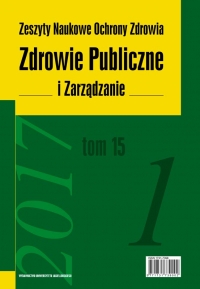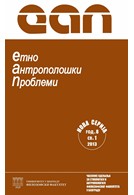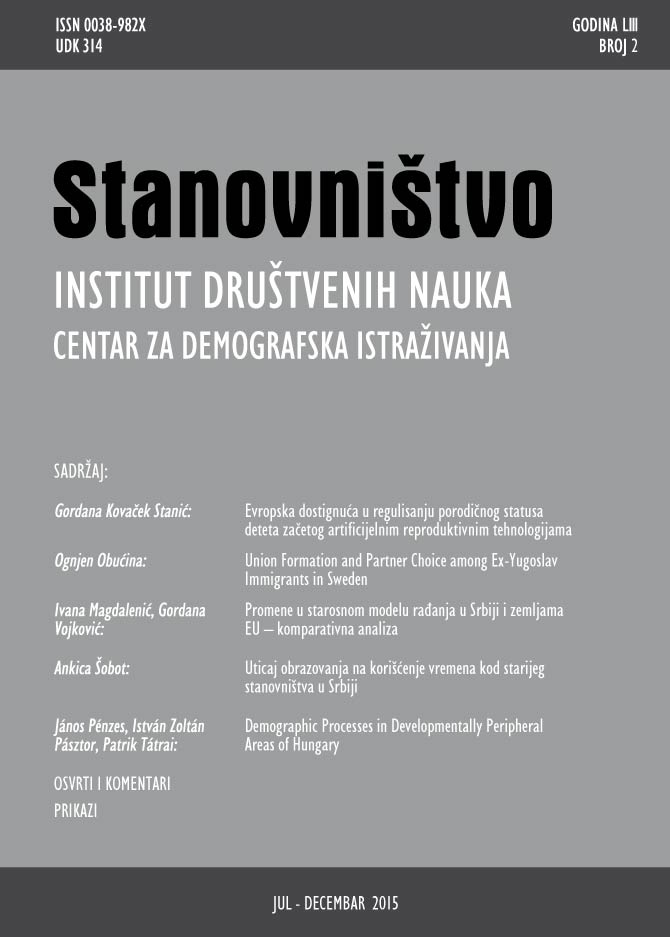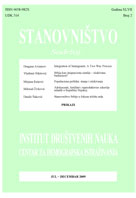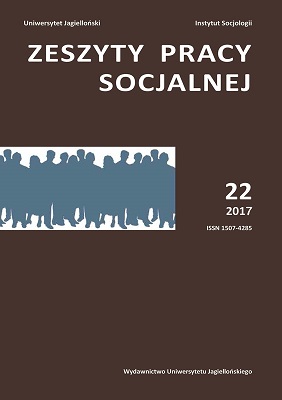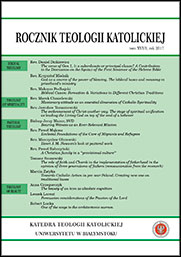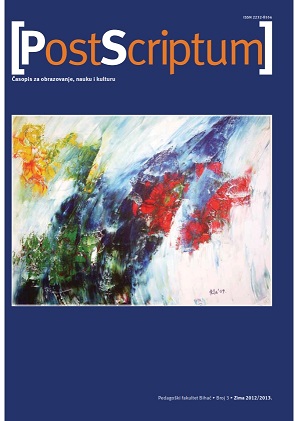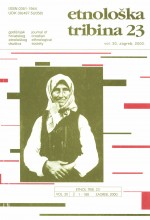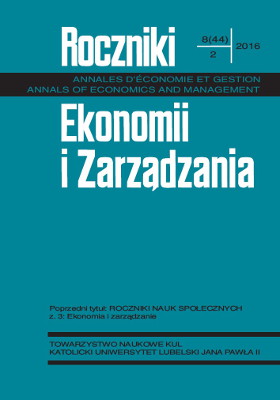
Zależność między wiekiem a czasem pozostawania bez pracy bezrobotnych w Polsce
Discrimination on the grounds of age is an important problem of the Polish labor market. This problem is quite common. Stereotypical thinking and poor public awareness of older people’s potential do not support the proper use of human capital available on the Polish labor market. Depreciation of the elderly is noticeable in the recruitment processes as well as in the case of those who are working. The aim of the article was to answer the question, what is the relationship between the age of the unemployed and the time that he or she needs to find a job. The research was carried out on all registered unemployed in Poland. The analysis concluded that unemployment duration tends to increase with age, and this regularity is not accidental in nature and was demonstrated on the basis of eight consecutive years. In addition, it was noted that differences in the structure of the unemployed in terms of time of unemployment are not constant and decrease with the transition to the next age groups.
More...

